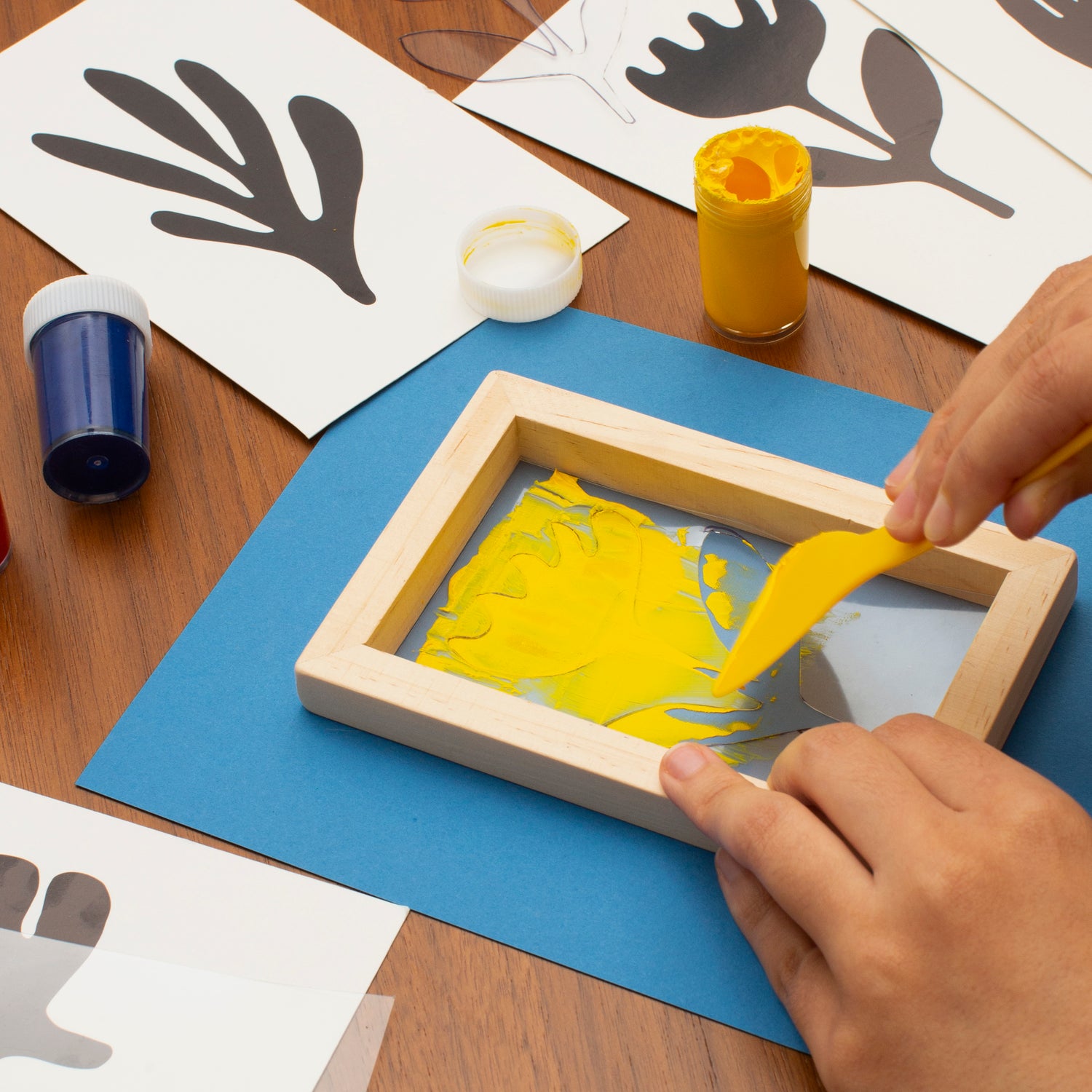The Vital Guide to Comprehending Screen Printing and Its Versatile Utilizes
Screen printing has a rich background that dates back to ancient times, developing into an innovative method utilized across numerous industries today. This guide checks out the intricacies of the screen printing process, describing its applications in home, fashion, and advertising and marketing design - 10:9 Design LLC Company. Recognizing these principles can open innovative possibility for both imaginative and business projects. The following areas will certainly expose necessary tips and techniques to boost one's screen printing undertakings
The Background of Screen Printing
Screen printing has origins that trace back centuries, its advancement reflects the artistic and technological developments of numerous societies. Originating in old China, the method was initially made use of for decorating fabrics and later infect Japan, where it came to be indispensable to Ukiyo-e woodblock printing. The method shifted to Europe in the 18th century, where it acquired popularity among craftsmens and business printers. The creation of image emulsion in the 20th century revolutionized screen printing, permitting more elaborate styles and better performance. Artists like Andy Warhol even more thrust its popularity, using the medium to produce renowned jobs that blended commercialism and great art. By the late 20th century, screen printing had actually established itself as a flexible method, utilized in vogue, advertising and marketing, and art. Today, it proceeds to evolve, integrating digital modern technology and broadening its applications throughout different industries.
The Screen Printing Process Explained
Screen printing transforms imaginative visions into concrete layouts with a series of accurate actions. At first, a photo is produced and afterwards transferred onto a screen, commonly made from great mesh fabric extended over a framework. A light-sensitive emulsion is used to the screen, which is subjected to light, solidifying in locations not covered by the image. After washing out the unhardened emulsion, a pattern is created.
Next off, the screen is placed over the substratum, whether it be fabric, paper, or one more material. Ink is after that pressed through the open areas of the pattern utilizing a squeegee, depositing the layout onto the substrate below. This process can be repeated for several shades, requiring different displays for each tone. Finally, the published item is healed making use of heat to ensure the ink sticks effectively, leading to a resilient, dynamic design prepared for usage.
Kinds Of Screen Printing Techniques

Furthermore, specialty techniques, such as discharge screen printing, get rid of color from the material to produce helpful hints softer prints, while foil screen printing uses metallic aluminum foil to attain a shiny surface (10:9 Design contact). Each method supplies distinctive characteristics, providing to various see it here imaginative demands and production scales, ultimately increasing the possibilities within the screen printing domain
Applications of Screen Printing in Different Industries

Additionally, the signs and marketing sectors utilize screen printing for producing distinctive display screens and banners. This method permits bold colors and elaborate layouts that record attention. In electronic devices, screen printing is used for using conductive inks to circuit card, vital for component links. Furthermore, the home style market welcomes screen printing to generate unique styles on textiles and wall surface art. Generally, screen printing acts as an important tool across diverse areas, enhancing products with personalized and visually appealing graphics.
Tips for Effective Screen Printing Projects
While taking on a screen printing project, careful attention to information can considerably boost the last result. Choosing top quality products is my blog crucial; this consists of the screen, inks, and substrates. Utilizing appropriate mesh counts can impact ink deposition and information resolution. Preparation is just as vital; thorough cleansing of screens and correct exposure times ensure crisp prints.
Next off, precise registration is essential for multi-color prints. Making use of positioning tools can assist attain specific layering. In addition, testing prints on scrap products prior to production helps identify possible concerns without squandering sources.

Often Asked Questions
What Materials Are Best for Screen Printing on Material?
Cotton and polyester blends are suitable for screen printing on textile as a result of their sturdiness and ink absorption. In addition, specialized textiles like silk or canvas can create distinct appearances and coatings, enhancing the general layout quality.
Exactly how Do I Clean and Maintain Screen Printing Tools?
To preserve and clean screen printing equipment, one must frequently wash displays with suitable solvents, evaluate mops for wear, oil relocating parts, and shop all products in a dry, dust-free environment to prolong their life-span.
What Are the Environmental Impacts of Screen Printing?
Screen printing can have significant ecological effects, including chemical waste from inks and solvents, water usage during cleansing processes, and energy consumption. Sustainable practices and green materials are essential for decreasing these unfavorable results.
Can Screen Printing Be Done in the house Effectively?
Screen printing can be properly done at home with the appropriate products and strategies. Hobbyists can develop top quality prints, though success relies on their ability degree, tools, and understanding of the procedure entailed.
What Are the Costs Related To Starting a Display Printing Business?

Beginning a screen printing service entails expenses for tools, products, and office. Initial costs generally range from a couple of hundred to several thousand bucks, relying on the scale, high quality of equipment, and desired production capability.
Screen printing has an abundant history that dates back to old times, advancing right into an advanced method used throughout different industries today. Another technique, rotary screen printing, employs round displays, helping with continuous printing on textile rolls, therefore improving efficiency for large-scale manufacturings. Furthermore, specialty strategies, such as discharge screen printing, remove dye from the textile to create softer prints, while foil screen printing uses metal foil to accomplish a glossy coating. In the fashion market, screen printing is extensively used to develop vivid layouts on garments, making it possible for brand names to showcase their distinct designs. Cotton and polyester blends are suitable for screen printing on fabric due to their toughness and ink absorption.